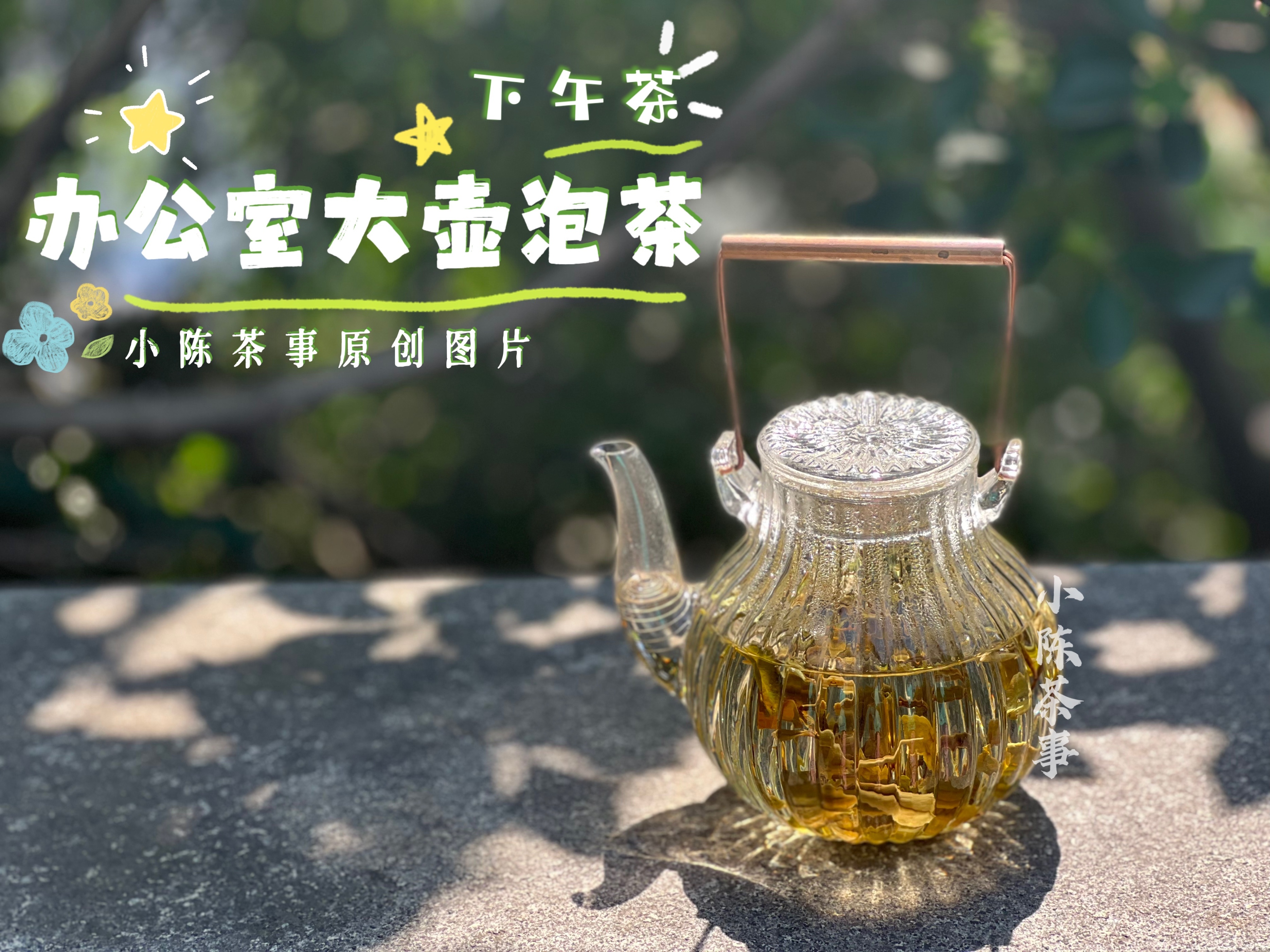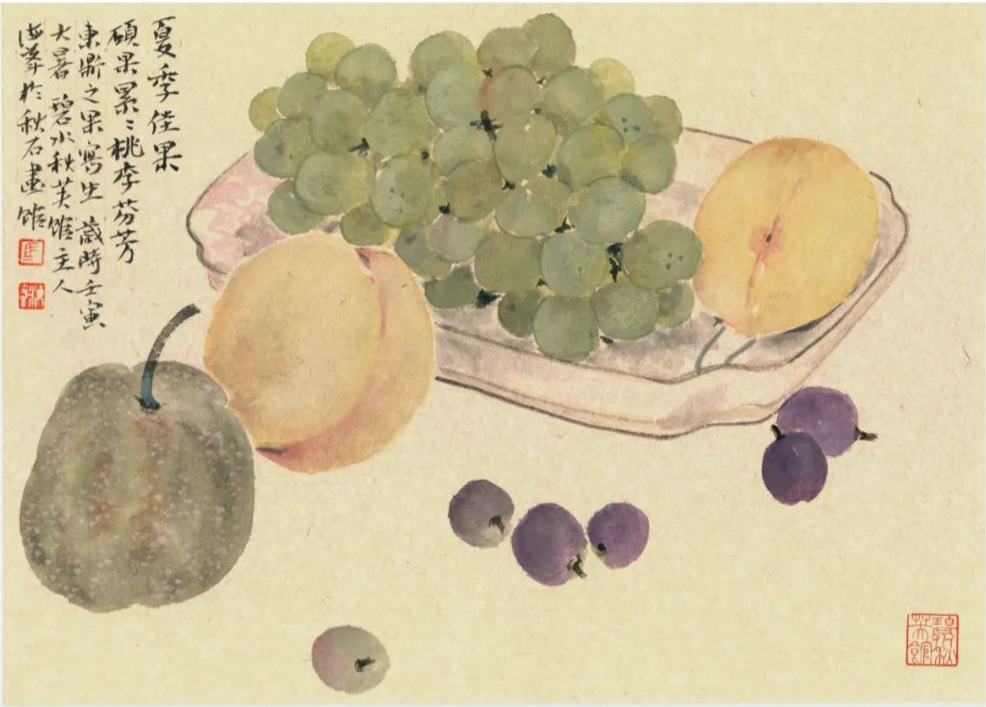More than a hundred Chinese classic calligraphy works appreciation
Author:World of calligraphy and paint Time:2022.09.17
China has a long history of 5,000 years of culture, extensive and profound, and there are many branches. In this historical and wise river, Chinese calligraphy is one of the important parts of it, and has reproduced the development process of Chinese civilization with its unique artistic form and value. The composition of the entire Chinese character system is also based on natural observation. The ancestors simplified the natural objects during the creation and use of Chinese characters, which can be described as symbolic.

Yin Shang · Oracle-sacrifice hunting, Zhu Niu bone carving
Chinese calligraphy, as a valuable wealth formed by Chinese characters in thousands of years of historical development, has shown the change of history and the changes of the times. From a simple text record to a aesthetic art, it exists as a cultural memory of different dynasties.

Yin Shang · Oracle Second

Yin Shang · 殷 蝌 蝌

Western Zhou Da Ying

Western Zhou · Mao Gong Ding inscription West Zhou Mao Gong Ding inscription

Western Zhou · Sanshi plate

Spring and Autumn · Zi Zhong Jiang Panming

Western Han · West Narrow Song

Eastern Han Dynasty Zhang Qianbei Monument East Han · Zhang Qianbei

East Han Cao Quanbei

Han · "Yuan An Bei"

Han Confucian Stele Han · Confucian Stele
From the perspective of existing books, the relationship between calligraphy and natural things is one of the central topics of Han Tang's book theory. During this period, the development of calligraphy has gone through an important stage from the evolution of Chinese characters to the consciousness of calligraphy, from consciousness to maturity. More importantly, during this period, two difficulty in the history of the Jin and Tang dynasties in the history of calligraphy.

Western Jin-Sujing · Yueyi Medal Western Jin-Sujing · Yueyi Charter

Three Kingdoms-Zhongzheng · Announcement Table of Three Kingdoms-Zhong Ye · Announcement Form

Three Kingdoms-Dunshou Minzai Three Kingdoms-Dunshou Minzai

Three Kingdoms · Emperor Elephant Cultural Martial Arts Post

Three Kingdoms · Emperor Elephant Urgent Chapters

Wu Gulang Bei of the Three Kingdoms (National Tibetan)

Western Jin Lu Ji "Pingfu Post" Western Jin Lu Ji "Pingfu Post"

Eastern Jin · Baozi East Jin · 爨 子 东

Eastern Jin Wang Xizhi's "Requesting Post" Eastern Jin Wang Xi's "Destray Post"

Eastern Jin-Wang Xizhi Zhang Cao's "Leopard Step Post"

Eastern Jin · Xie Anzhong Post

Eastern Jin-Wang Xianzhi's regular script "Luo Shen Fu"

Jin-Wang Yan "Bo Yuan Tie"
In the history of calligraphy, the style of the early Tang Dynasty was the continuation of the Sui Dynasty style. The style of the middle and late Tang Dynasty and the early Song Dynasty was very consistent. The style of the last period to the early Qing Dynasty is similar. From the middle and late Qing Dynasty to the Republic of China, it can be regarded as a period.

Sui Emans

Sui Dong Meiren epitaph

Sui Zhiyong Thousand Characters

Tang Ouyang's "Ji Ying Post" Tang Ouyang Xun "Ji Ying Post"

Tang Xuhao's not empty monument Tang Xu Hao is not empty monument monument

Tang Xue Xunxin Xunxing Zen Master Tang Xue Xue Xiangxin Xingxing Zen Master Stele

Tang Yu Shinan Princess Runan, Tang Yu Shinan, Princess Runan

Tang Yan Zhenqing "Yan Qin Ritual Monument"

Tang Liu Gongquan "Cursive Mongolian Mongolian Post" Tang Liu Gongquan "Cursive Mongolian Post"

Tang Liu Gongquan "Mysterious Tower Monument" Tang Liu Gongquan "Xuan Secret Tower Monument"

Tang Li Shimin's "Hot Spring" (partial)

Tang Wu Zetian's "Prince Prince Stele" (monument)

Tang Chu Suiliang "The Preface to the Yanta Pagoda" (partial)

Tang Li Bai's "Up Balcony Post"

Four posts of Tang Zhangxu's ancient poems (partial) Tang Zhangxu's ancient poems four posts (partial)

Tang He Zhizhang "Cursive Filial Scripture" (partial)
Tang Zhong Shaojing Lingfei Sutra

Tang Zhong Shaojing Ling Flying Sutra Tang Zhong Shaojing Lingfei Sutra

Tang Li Yanyun General Stele Monument

Tang Li Longji 唐 李

Tang Du Mu's "Zhang Good Poems"

Five Dynasties Yang Ning -style "Leek Flower Post"

Northern Song Su Shi "Huangzhou Cold Food Poetry Post"

Northern Song Dynasty Su Shi "Talent Rhyme Poetry Post"

Huang Tingjian "Songfeng Pavilion" in the Northern Song Dynasty

Northern Song "Su Shi Too Poetry Post"

Huang Tingjian in the Northern Song Dynasty "Huangzhou Cold Food Poems"

Northern Song Mihuan's "Food Academy Post" Northern Song Mihuan "Food Academy Post"

Cai Xiang of the Northern Song Dynasty "Li Du Tie"

Song Wuyi "Urgent Post"


Zhao Yan, Southern Song Dynasty, "Want to By Borrowing the Wind and Frost two Poetry Posts" in the Southern Song Dynasty Zhao Yan "Want to By Borrowing the Wind and Frost Poetry Post"

Southern Song Zhao Yan "Mid -Autumn Menura"

Southern Song Zhao Zhao "Cursive Thousand Characters" (partial)

Qin Guan of the Northern Song Dynasty, "Mo Shi Kawagawa Tu Pian"

Xue Shao Pengqing Hejin

Northern Song Dynasty Lin Yan's "Song Fan Five Poems" (partial)

Southern Song Wen Tianxiang Xie Changyuan's "Right Self -Self -Self -Police" Volume Southern Song Wen Tianxiang Xie Changyuan (Right Right Self -Police Ci "Volume

Southern Song Dynasty Lu You "Huaicheng Poetry Volume"

Southern Song Fan Chengda "Xueqing Post"

Xin Qiji of the Southern Song Dynasty went to the national post in the Southern Song Dynasty, Xin Qiji, to go to the national post

The Southern Song Dynasty Zhang Zizhi talked about the old poetry of the Southern Song Dynasty Zhang Zizhi, the old poem

Yuan Zhao Mengfu "Autumn deep post" (partial)

Yuan Deng Wenyuan's post -edge of Wang Xizhi's rain post -post

Yuan Ni Ni Dan Room Poetry Yuan Ni Yan Dan Ye Shi Poetry

Yuan Yang Weizheng's "Chengnan Singing and Poetry" Yuan Yang Weizheng "Chengnan Singing and Poetry Volume"

Yuan Kangli "describes Zhang Xuxu's pen volume" (partial) Yuan Kangli 夔夔 "describes Zhang Xu's pen volume" (partial)

Mingzhu Yunming "The Red Cliff Fu" (partial)

Ming Tang Yin "Luohua Poems"

Ming Zhu Yuanzhang "Big Army Post"

Ming Dong Qichang's "Cursive Hand" Ming Dong Qichang "Cursive Hand" Ming Wu Chengen "Fan Seven -character Poems"

Ming Ni Yuanlu "Wanshu Glore"

Ming Chen Hongzhang's "Making Grass Rule"

Qing Fu Shan's "Cursive Seven -character Poetry Axis"

Qing Deng Shiru "Lishu Theory of the Book of Books"

Qing Kangxi "Cursive Book Eight words"

Qing Yongzheng's "Summer Book of Books for Books" Qing Yongzheng "Summer Book of Books in the Book of Books"

Qianlong in the Qing Dynasty, "Royal Book Hong Consulting, Chunqiu Speaking of Hidden Public Puppets"

Empress Dowager Cixi Cixi

Qing Po Song Ling "Liao Zhai Poems" (partial)

Qing Kang Youwei "Combined Couplet"
Qing Zheng Banqiao "The Story of the Book on the Book of the Book"

Qing Kang Youwei "Combined Couplet"

Qing Wu Changshuo

Master Qinghong

Sun Yat -sen in the Republic of China

Yuan Shikai, the Republic of China

Mao Zedong

Zhou Enlai

Yu Youren
Chiang Kai -shek

Lu Xun Lu Xun

Qi Baishi

Guo Moruo

Xu Beihong Xu Beihong

Forestry

Wang Yanchang

He Xiangning

Enlighten

Feng Zikai

- END -
Can white tea use a large pot?Or is it better to use a bowl?

丨 This article is original by Xiao Chen tea丨 First of the People's No.: Xiao Che...
Vegetables and vegetables, seafood, ice drink ... What is your Shanghai summer food?

Art language can point to Gao YuanhongYou can also be close and gentleOne flower, ...